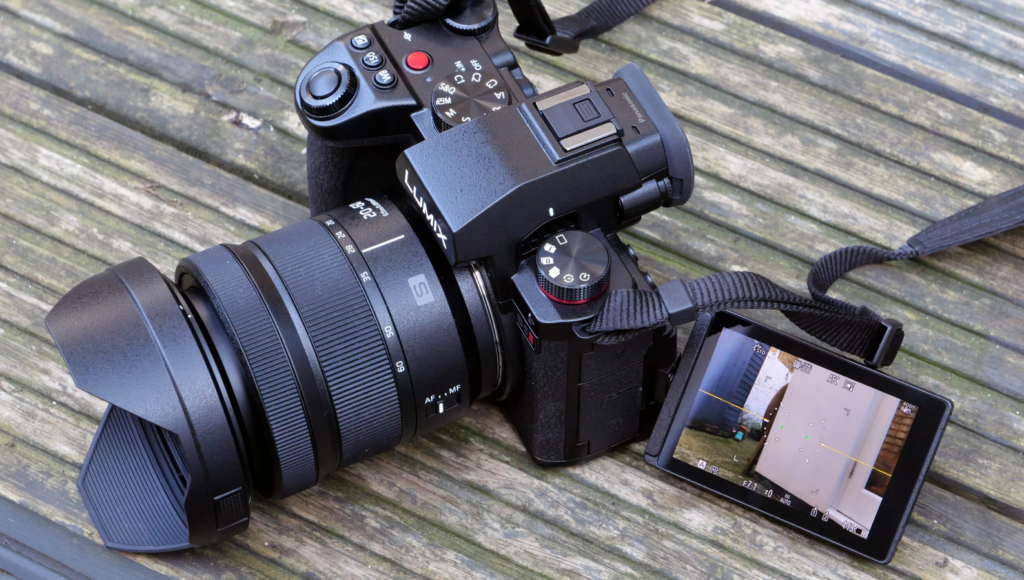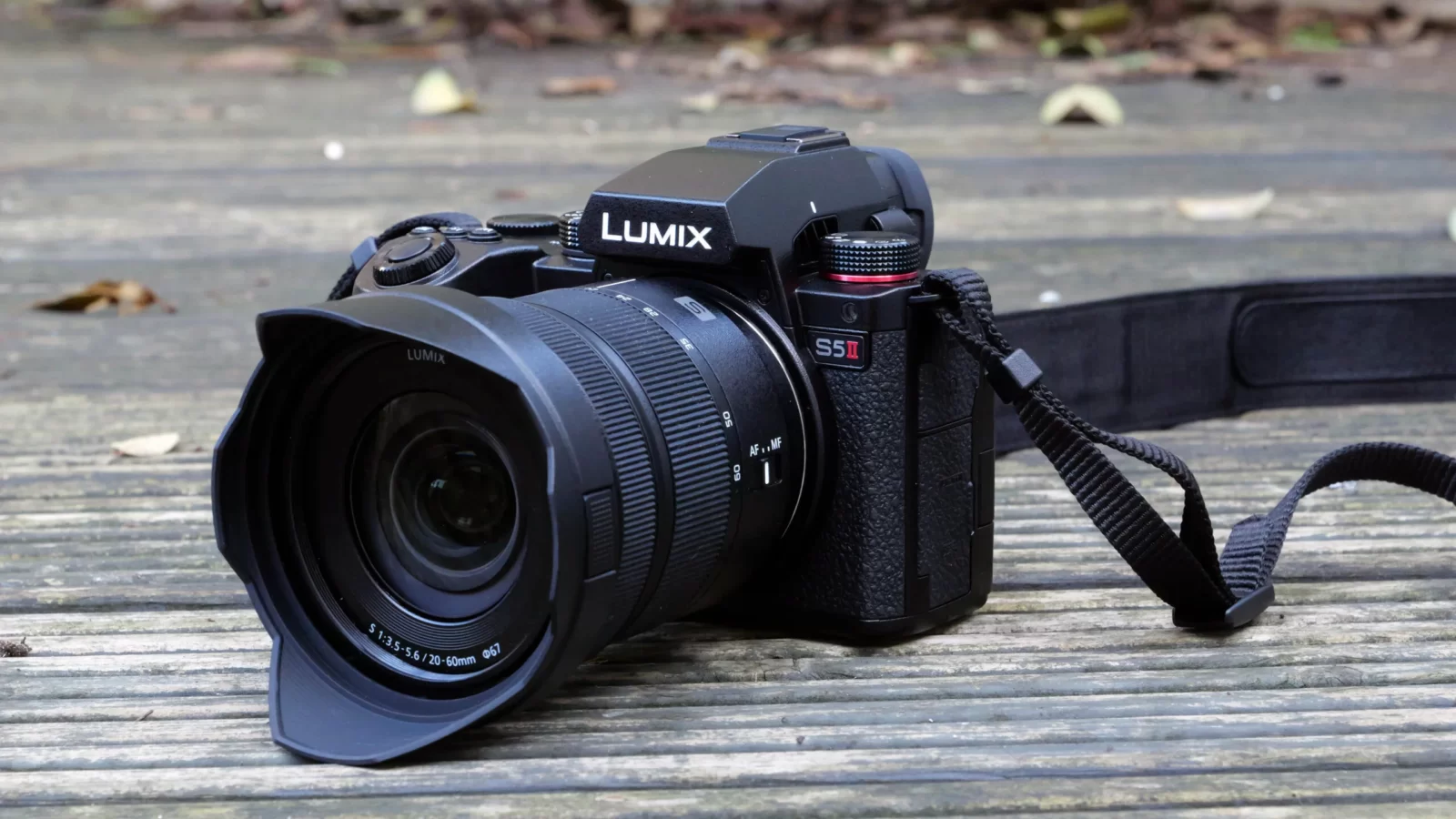The Panasonic Lumix S5 II is a highly regarded mirrorless camera, celebrated for its superior image quality, rapid autofocus system, and user-friendly operation. It’s an ideal choice for capturing everyday moments and is equally adept at both photography and videography. However, even with its impressive performance, users might occasionally face challenges, such as autofocus not working properly. This article is here to assist if you’re experiencing this issue with your Panasonic Lumix S5 II.
We will explore the various reasons why the autofocus might malfunction and offer practical solutions to resolve these problems. By identifying the root causes and applying the recommended fixes, you can restore the full functionality of your Panasonic Lumix S5 II’s autofocus system and continue enjoying a smooth photography or videography experience. Let’s delve into troubleshooting the autofocus issues of the Panasonic Lumix S5 II.
1. Incorrect Focus Mode
One of the possible causes of autofocus not working on the Panasonic Lumix S5 II is using the incorrect focus mode. The camera offers different focus modes to suit different shooting scenarios, such as single autofocus (AF-S), continuous autofocus (AF-C), and manual focus (MF). Each mode has its own advantages and disadvantages, depending on the subject movement, lighting conditions, and composition. For example, AF-S is best for stationary subjects, AF-C is best for moving subjects, and MF is best for precise control over the focus point. If you use the wrong focus mode for your situation, you may end up with blurry or out-of-focus images.
To fix this issue, you need to select the appropriate focus mode for your scene. You can do this by pressing the [Menu/Set] button, selecting [Rec], selecting , and choosing the desired focus mode. Alternatively, you can assign a custom function button to quickly switch between focus modes. You should also familiarize yourself with the different autofocus options available in each mode, such as the AF point scope, the animal and human detection, and the tracking autofocus. By using the correct focus mode and settings, you can improve the autofocus performance and accuracy of your Panasonic Lumix S5 II.

2. Manual Focus Mode Activated
Another possible cause of autofocus not working on the Panasonic Lumix S5 II is having the manual focus mode activated. This mode allows you to adjust the focus manually by rotating the focus ring on the lens or by using a wireless focus control system. Manual focus mode can be useful for situations where you want to have precise control over the focus point, such as macro photography, low-light photography, or creative effects.
However, if you accidentally enable manual focus mode, you will not be able to use the autofocus function of the camera. To fix this issue, you need to disable manual focus mode and switch back to either single autofocus (AF-S) or continuous autofocus (AF-C). You can do this by pressing the [Menu/Set] button, selecting [Rec], selecting , and choosing the desired focus mode. Alternatively, you can assign a custom function button to quickly switch between focus modes. You should also check the lens switch, if it has one, and make sure it is set to AF instead of MF. By disabling manual focus mode, you can restore the autofocus function of your Panasonic Lumix S5 II.
3. Autofocus Lock Engaged
A third possible cause of autofocus not working on the Panasonic Lumix S5 II is having the autofocus lock engaged. This feature allows you to lock the focus and exposure on a specific subject or area, and prevent them from changing when you recompose the shot or when the scene changes. Autofocus lock can be useful for situations where you want to maintain consistent focus and exposure, such as landscapes, portraits, or macro photography. However, if you forget to disengage the autofocus lock, you will not be able to use the autofocus function of the camera for other subjects or scenes.
To fix this issue, you need to disengage the autofocus lock and release the focus and exposure settings. You can do this by pressing the [AF/AE LOCK] button, which is located on the top right corner of the camera body. Alternatively, you can assign a custom function button to toggle the autofocus lock on and off. You should also check the [AF/AE LOCK] settings in the menu, and make sure they are set to your preference. You can choose between four options: [AE LOCK], [AF LOCK], [AF/AE LOCK], and [AF-ON]. Each option has a different effect on the focus and exposure locking behavior of the camera. By disengaging the autofocus lock, you can restore the autofocus function of your Panasonic Lumix S5 II.
4. Low Light or Low Contrast Scenes
A fourth possible cause of autofocus not working on the Panasonic Lumix S5 II is shooting in low light or low contrast scenes. The camera’s autofocus system relies on detecting contrast and phase differences between the subject and the background to achieve focus. However, in dim or flat lighting conditions, the camera may struggle to find enough contrast or phase information to lock on to the subject. This may result in slow, inaccurate, or hunting autofocus. To fix this issue, you need to improve the lighting or contrast of your scene. You can do this by using an external light source, such as a flash, a video light, or a reflector, to illuminate your subject and create more contrast.
Alternatively, you can use a higher ISO setting to boost the camera’s sensitivity to light, but be aware that this may also increase the noise in your images. You can also try to focus on an area that has more contrast or texture, such as an edge, a pattern, or a color difference, rather than a smooth or uniform surface. Another option is to use the manual focus assist function, which magnifies the image on the screen or the viewfinder, and allows you to adjust the focus manually by rotating the focus ring on the lens or by using a wireless focus control system. By improving the lighting or contrast of your scene, or by using manual focus assist, you can overcome the autofocus issues caused by low light or low contrast scenes on your Panasonic Lumix S5 II.
5. Lens Compatibility Issues
A fifth possible cause of autofocus not working on the Panasonic Lumix S5 II is having lens compatibility issues. The camera uses the L-mount system, which is a joint venture between Panasonic, Leica, and Sigma. This means that you can use lenses from any of these three brands on your camera, as long as they have the L-mount designation.
However, not all L-mount lenses are fully compatible with the camera’s autofocus system, especially older or third-party models. Some lenses may have limited or no autofocus functionality, depending on the firmware version, the lens design, or the camera settings. To fix this issue, you need to check the lens compatibility of your camera and update the firmware of both the camera and the lens if needed. You can find the list of compatible lenses and firmware updates on the Panasonic website1 or on other online resources. You should also make sure that the lens is properly attached to the camera body, and that the lens switch, if it has one, is set to AF instead of MF. By checking the lens compatibility and updating the firmware, you can resolve the autofocus issues caused by lens compatibility issues on your Panasonic Lumix S5 II.

6. Dirty or Damaged Lens Contacts
A sixth possible cause of autofocus not working on the Panasonic Lumix S5 II is having dirty or damaged lens contacts. The lens contacts are the metal pins on the back of the lens and the camera body that allow communication between the lens and the camera. They transmit information such as the aperture, the focal length, the focus distance, and the autofocus commands. However, if the lens contacts are dirty, corroded, or damaged, they may interfere with the communication and cause the autofocus to malfunction.
To fix this issue, you need to clean and inspect the lens contacts regularly. You can do this by using a soft, dry cloth or a cotton swab to gently wipe the contacts on both the lens and the camera. You should also avoid touching the contacts with your fingers, as this may leave oil or dirt on them. If the contacts are severely corroded or damaged, you may need to replace the lens or the camera, or have them repaired by a professional service center. By cleaning and inspecting the lens contacts, you can prevent the autofocus issues caused by dirty or damaged lens contacts on your Panasonic Lumix S5 II.
7. Camera Firmware Outdated
A seventh possible cause of autofocus not working on the Panasonic Lumix S5 II is having an outdated camera firmware. The camera firmware is the software that controls the camera’s functions and performance. Panasonic regularly releases firmware updates to improve the camera’s features, compatibility, and stability. However, if you do not update the camera firmware, you may miss out on the latest enhancements and bug fixes, and experience autofocus issues.
To fix this issue, you need to check the camera firmware version and update it if needed. You can do this by pressing the [Menu/Set] button, selecting [Setup], selecting [Firmware Version], and comparing the displayed version with the latest version available on the Panasonic website or on other online resources. If the camera firmware is not up to date, you need to download the latest firmware file from the website, copy it to an SD card, insert the card into the camera, and follow the instructions on the screen to install the update.
You should also update the firmware of the lens and the external devices, such as the monitor/recorder, if applicable. By updating the camera firmware, you can resolve the autofocus issues caused by outdated camera firmware on your Panasonic Lumix S5 II.












Got a Question?
Find us on Socials or Contact us and we’ll get back to you as soon as possible.